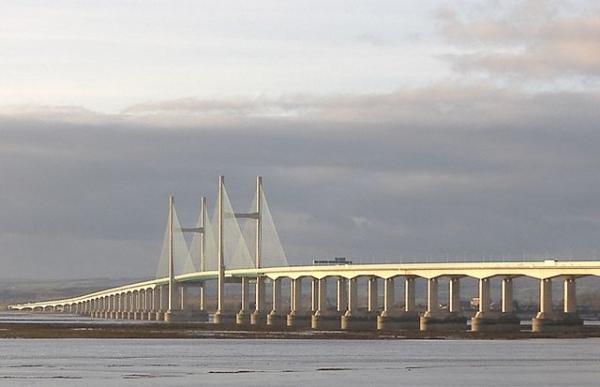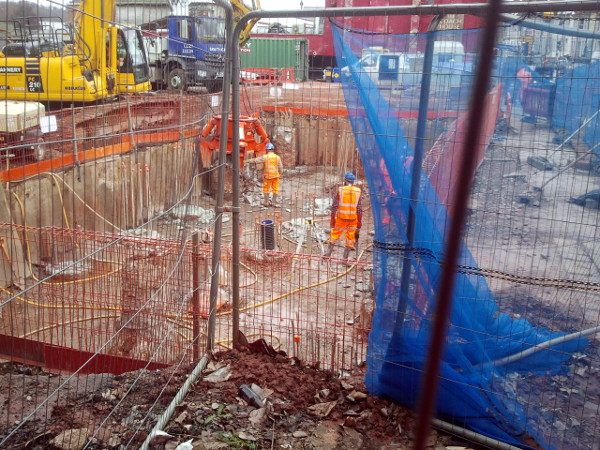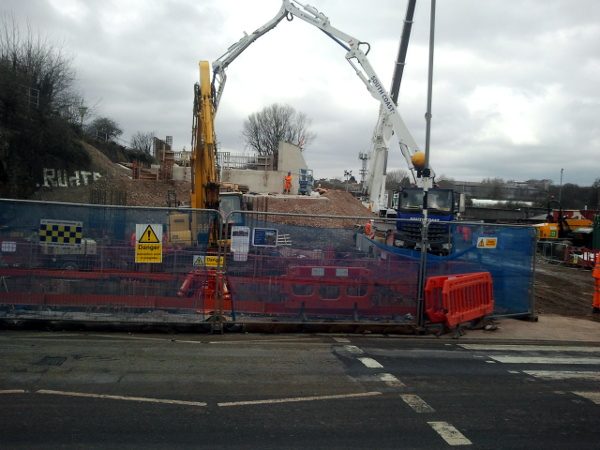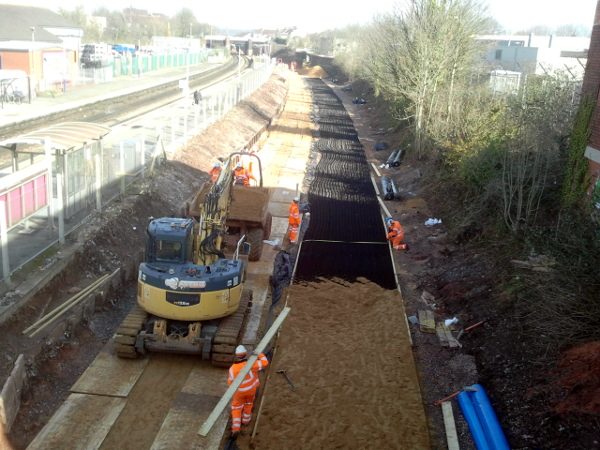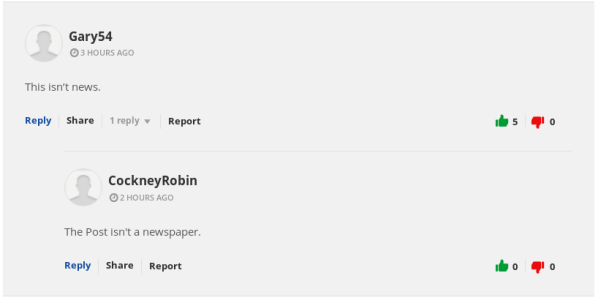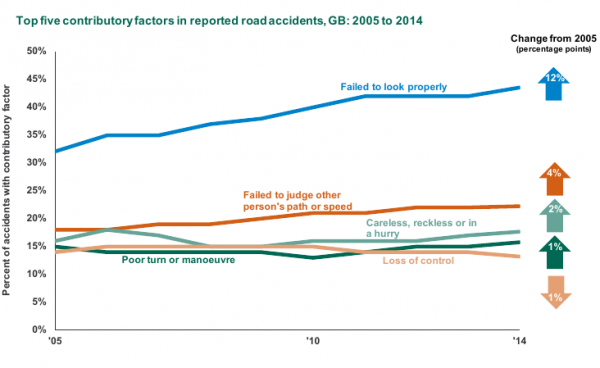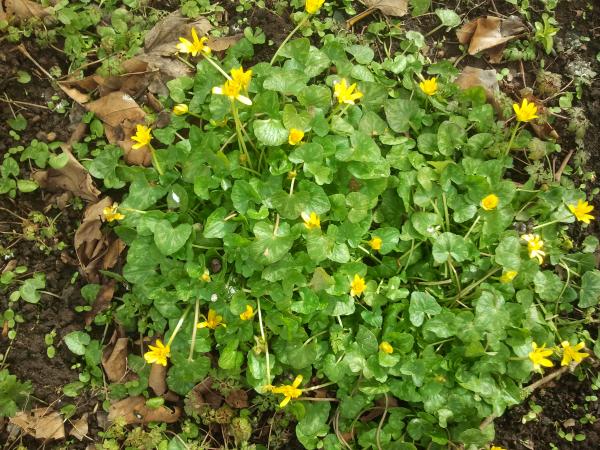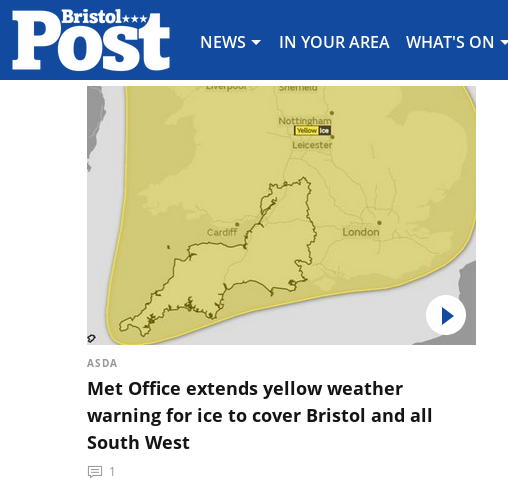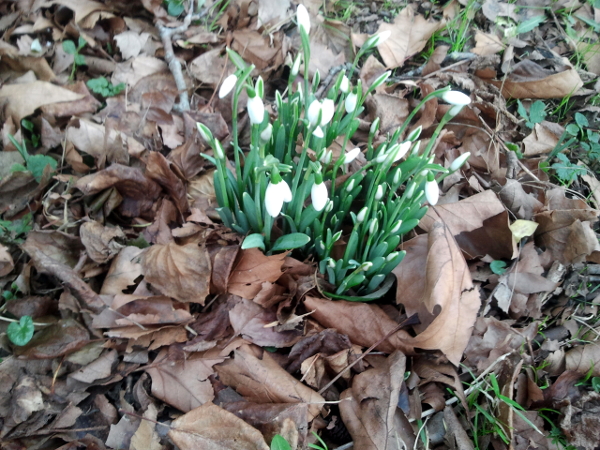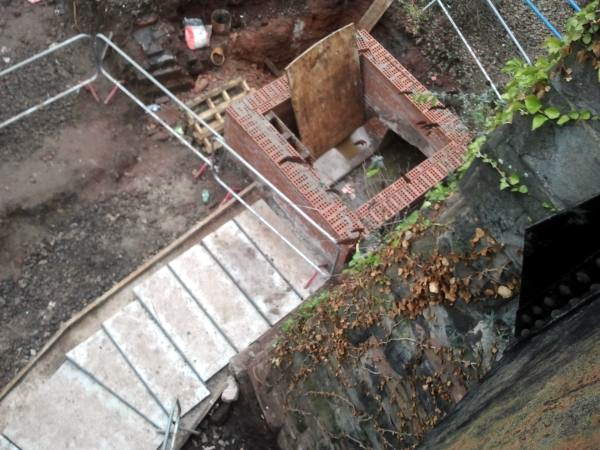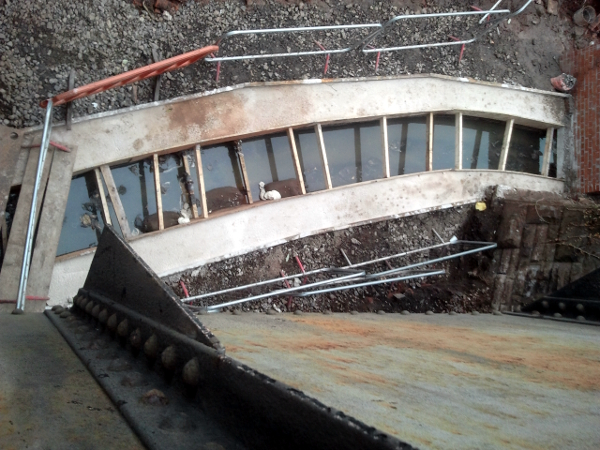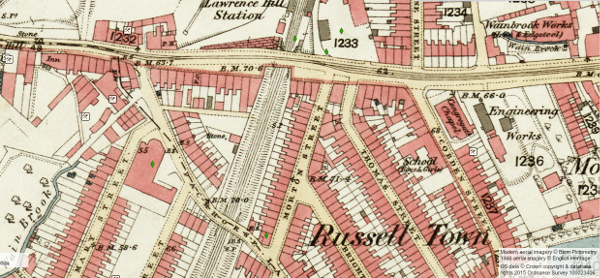Over £4K – the cost of dropping 6 cigarette ends in Bristol
Six litter louts have been ordered by magistrates to pay a total of £671.84 each for dropping cigarette ends in central Bristol, making a grand total of £4,031.04, yesterday’s Bristol Post reports.
The individual total of £671.84 is broken down as follows: £440 fine, £187.84 in prosecution costs and a £44 victim surcharge.
All the defendants have been given 28 days to pay.
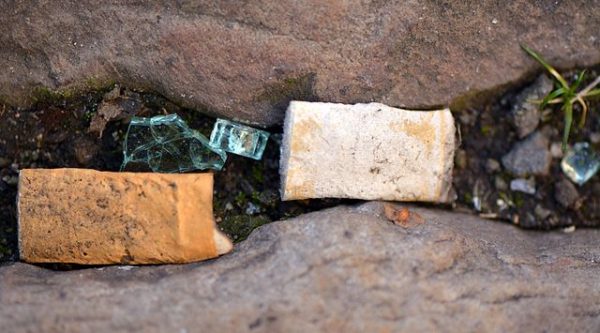
They were all originally caught littering on 9th and 10th November last year by civil enforcement officers working for Bristol City Council (the so-called litter police. Ed.) and were issued with £75 fixed penalty notices (FPNs) for their filthiness. Had the penalties been paid within 10 days, the culprits would only have had to pay £50 each.
As it is, they repeatedly ignored correspondence from Bristol City Council, as well as their summonses to Bristol Magistrates Court, as none of the defendants could be bothered to appear in person.
On average, more than 1,000 people have been issued with FPNs for environmental crimes such as littering and dog fouling each month since the ‘litter police’ started their work.
 It’s good to see the City Council taking a tough line on litter. However, far more ‘litter police’ are needed to cover the rest of the city in addition to the centre. They have made the odd foray into a council-owned public park or two and an occasional jolly to Stapleton Road, but far more rigorous action is going to be needed by the local authority if it is to have any hope of meeting the objectives of Mayor Marvin Rees’ Bristol Clean Streets initiative, i.e. that Bristol will be measurably cleaner by 2020 in terms of litter, fly-tipping, fly-posting, graffiti, dog fouling, chewing gum and weeds (especially as the latter were only being eradicated last year if residents made enough of a fuss! Ed.).
It’s good to see the City Council taking a tough line on litter. However, far more ‘litter police’ are needed to cover the rest of the city in addition to the centre. They have made the odd foray into a council-owned public park or two and an occasional jolly to Stapleton Road, but far more rigorous action is going to be needed by the local authority if it is to have any hope of meeting the objectives of Mayor Marvin Rees’ Bristol Clean Streets initiative, i.e. that Bristol will be measurably cleaner by 2020 in terms of litter, fly-tipping, fly-posting, graffiti, dog fouling, chewing gum and weeds (especially as the latter were only being eradicated last year if residents made enough of a fuss! Ed.).
The simple fact is that there would less strain on the public purse and less work for the council in keeping the streets and parks clean if people didn’t drop litter, allow their dogs to foul all over the place, dump fly-tipping and commit other environmental crimes.
Nevertheless, it is good to see that Bristol City Council and local magistrates are sending out a clear message to litter louts to keep Bristol tidy – or its centre at any rate.
Finally, in an opinion piece in the Bristol Post, Tristan Cork takes filthy Bristolians to task for the deplorable state residents leave the city’s parks in every time the weather gets warm. Meanwhile the council has warned people who leave rubbish in parks next to overflowing bins that they will be fined £100 if caught and that the “litter police” are now patrolling parks and have been instructed to issue fixed penalty notices for rubbish deposited around bins, as well as anything left on the grass.
